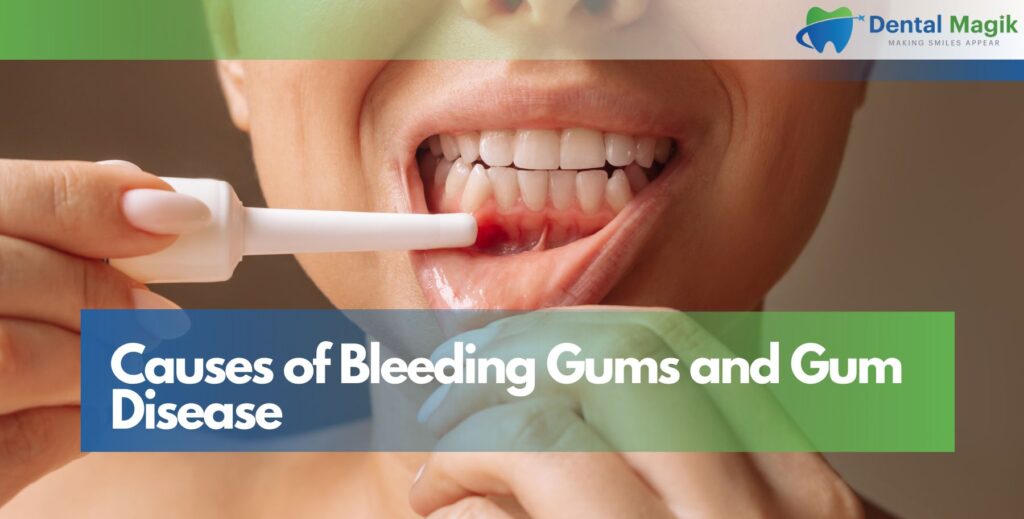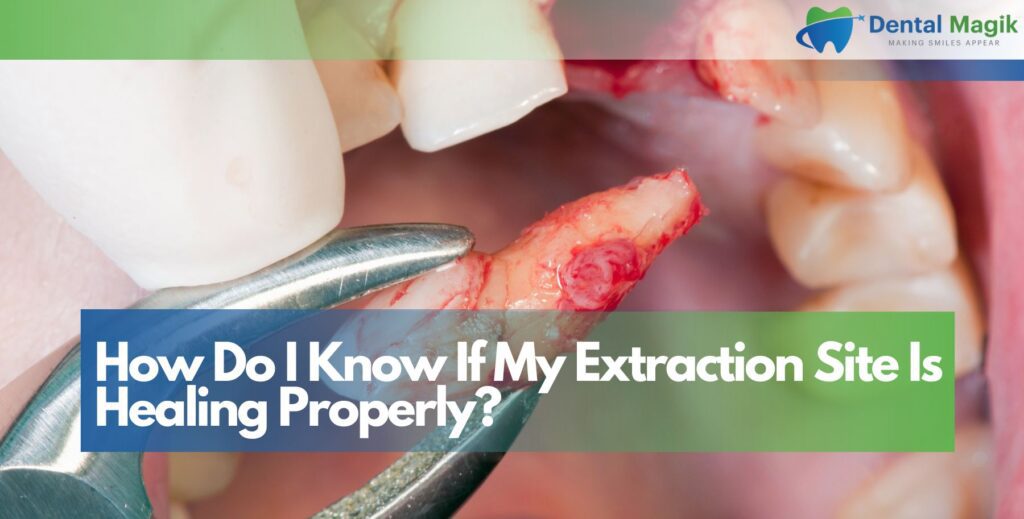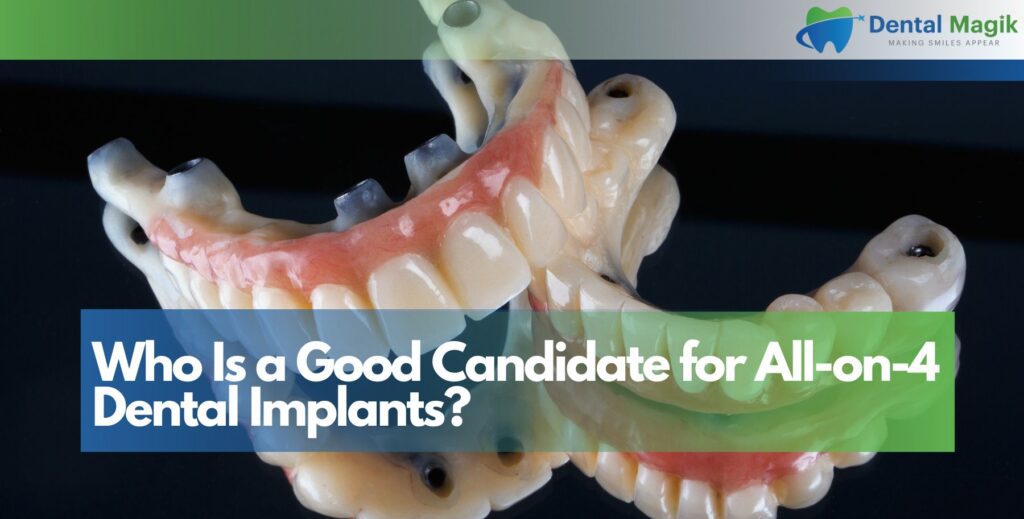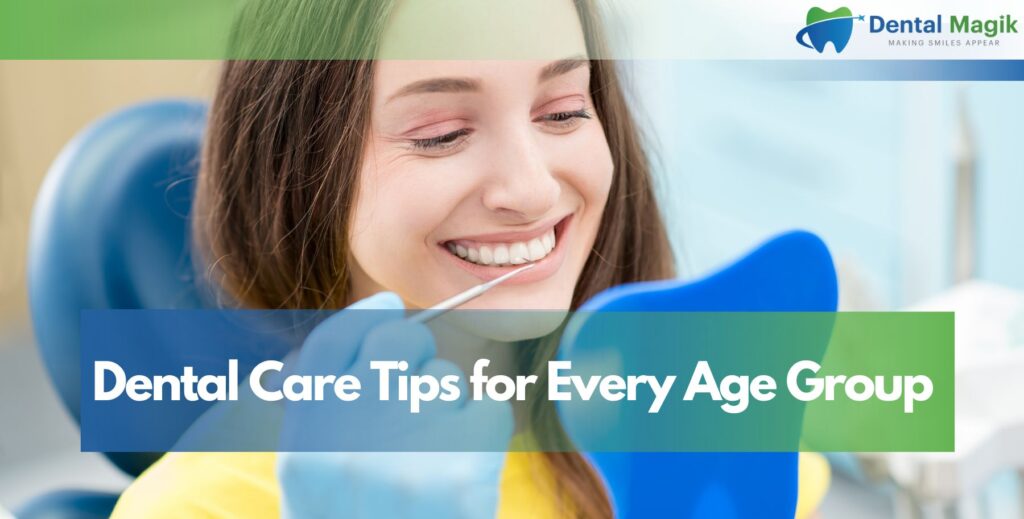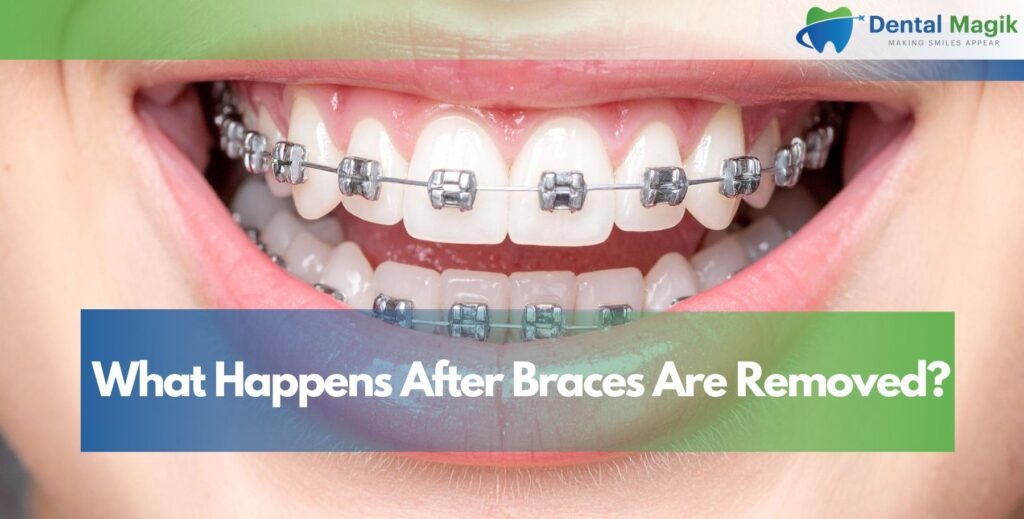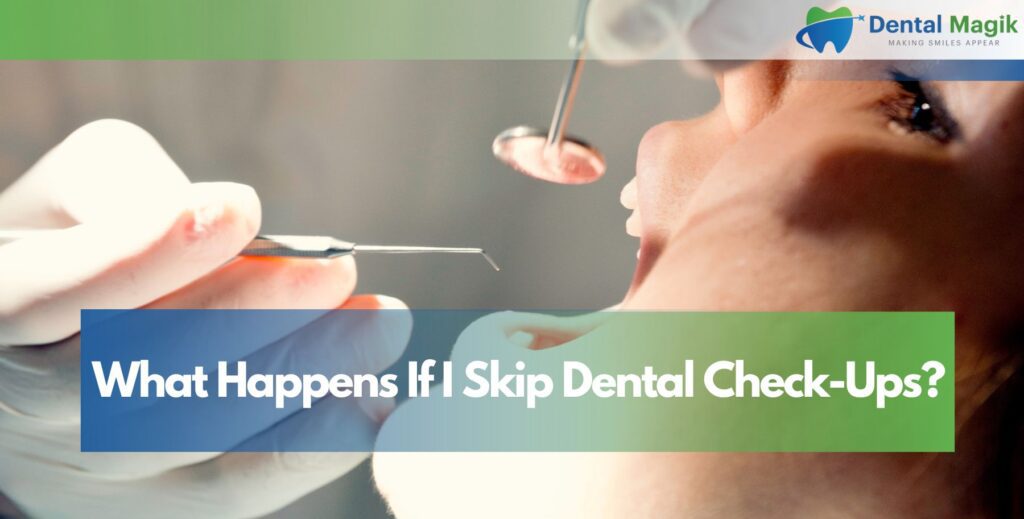It starts small—maybe a spot of blood when you brush. It’s easy to ignore bleeding gums at first. But here’s the thing: your gums shouldn’t bleed. If they do, it’s often a sign that something deeper is going on.
From poor brushing habits to underlying infections, bleeding gums are a red flag your mouth is waving. And if you’re living locally, getting proper Gum Disease treatment in East Brunswick, NJ can make all the difference in stopping minor problems from turning into serious ones.
In this article, we’ll walk you through what causes bleeding gums, how gum disease develops, and what you can do about it—so you can protect your smile before it’s too late.
Understanding What Bleeding Gums Mean
Bleeding gums are often a sign that your gum tissue is irritated or inflamed. While it may seem harmless at first, it’s usually your body’s way of warning you about early-stage gum disease or poor oral hygiene. Addressing it early can prevent more serious dental issues from developing later.
It’s Not Just “Brushing Too Hard”
Most people think bleeding gums are caused by aggressive brushing. While that’s sometimes true, it’s usually not the full story. Gums bleed when they’re inflamed—and that inflammation is usually caused by plaque buildup.
When plaque sits on your gum line, your body sees it as a threat. The immune system kicks in, sending blood and white blood cells to the area. This is what causes the redness, swelling, and bleeding.
Early Warning Sign of Gum Disease
Gum disease doesn’t show up overnight. It starts small—with bleeding gums, sensitivity, and maybe a little swelling. Over time, the inflammation can spread deeper, leading to infection, bone loss, and even tooth loss if left untreated.
The Real Causes of Bleeding Gums
Bleeding gums are usually a symptom—not the root issue. Let’s explore what actually causes your gums to bleed.
Plaque and Tartar Buildup
Plaque is the sticky film that forms on your teeth. When not removed, it hardens into tartar. Tartar irritates the gums, making them inflamed and prone to bleeding. Daily brushing and flossing help prevent this, but once tartar forms, only a professional cleaning can remove it.
Poor Oral Hygiene
Skipping flossing? Only brushing once a day? Not visiting the dentist? All of these habits can increase your risk of bleeding gums. A healthy mouth depends on a consistent routine.
Gum Infection (Gingivitis and Periodontitis)
- Gingivitis is the earliest stage of gum disease. Your gums might bleed when brushing or feel a bit sore. It’s treatable and reversible.
- Periodontitis is advanced gum disease. It affects the bone supporting your teeth and can lead to tooth loss. At this stage, bleeding is often more frequent and noticeable.
Hormonal Changes
Pregnancy, menstruation, and menopause can all cause changes in hormone levels that make gums more sensitive and likely to bleed—even with gentle brushing.
Medical Conditions and Medications
Certain health conditions like diabetes, blood clotting disorders, and vitamin deficiencies (like Vitamin C or K) can lead to bleeding gums. Medications such as blood thinners can also increase bleeding.
Smoking and Tobacco Use
Tobacco use can mask the symptoms of gum disease, but beneath the surface, it causes severe damage. Smokers often have poor gum health and delayed healing, making bleeding gums more likely.
Stages of Gum Disease (What to Watch Out For)
Gum disease develops gradually, starting with mild symptoms and progressing if left untreated. It begins with gingivitis—marked by bleeding and swollen gums—and can advance to periodontitis, where deeper infections and bone loss occur. Recognizing each stage early allows for more effective treatment and helps protect your teeth and gums long term.
Stage 1 – Gingivitis
- Mild bleeding
- Slight swelling
- Possible bad breath
- Gums feel sensitive
It’s easy to reverse at this stage with good hygiene and a professional cleaning.
Stage 2 – Early Periodontitis
- More frequent bleeding
- Gum recession
- Pockets form between teeth and gums
- Minor bone loss begins
At this point, treatment becomes more involved, but recovery is still possible with care.
Stage 3 – Advanced Periodontitis
- Heavy bleeding
- Loose teeth
- Gum pain
- Significant bone loss
This stage often requires deep cleanings, surgery, and ongoing periodontal care.
When to See a Dentist
If your gums bleed regularly—even a little—it’s time to act. Early treatment can prevent long-term issues. Residents seeking Gum Disease treatment in East Brunswick have access to advanced care including deep cleaning, laser therapy, and surgical options if needed.
How to Treat Bleeding Gums and Gum Disease
The good news? Gum disease is treatable—especially if you catch it early. Here’s what your treatment may involve:
Professional Dental Cleaning
A routine cleaning removes plaque and tartar. For many patients, this is enough to reduce inflammation and stop the bleeding.
Scaling and Root Planing (Deep Cleaning)
For moderate gum disease, deep cleaning below the gum line helps smooth the roots and remove bacteria. This allows your gums to reattach to the teeth and heal.
Antibiotic Treatment
Sometimes, localized antibiotics are used to fight infections in specific areas. These may be in gel, rinse, or pill form depending on the case.
Gum Surgery or Laser Treatment
In severe cases, surgery or laser treatment may be required to remove infected tissue and reshape the gums. Laser options are less invasive and can promote faster healing.
Daily Habits to Prevent Bleeding Gums
Let’s talk prevention. Here’s how to protect your gums for the long term:
Brush the Right Way
Use a soft-bristled toothbrush and brush for two minutes, twice a day. Focus on the gum line but don’t apply too much pressure.
Floss Daily
Flossing removes plaque between teeth—where your toothbrush can’t reach. Yes, it matters. No, it doesn’t take long.
Rinse with Mouthwash
An antibacterial mouthwash helps kill the bacteria that lead to gum infections. Choose one recommended by your dentist.
Schedule Regular Checkups
Visit your dentist every six months—or more often if you’re being monitored for gum issues. Cleanings, screenings, and advice go a long way in preventing problems.
Eat for Oral Health
Include foods rich in calcium, vitamin C, and leafy greens. Avoid sugary snacks and acidic drinks that weaken your enamel and irritate your gums.
Quit Tobacco
If you smoke or use tobacco, consider this your sign to stop. Quitting helps your gums heal and reduces your risk of severe gum disease dramatically.
Gum Disease Treatment in East Brunswick, NJ
If you’re dealing with bleeding gums or think you may have gum disease, don’t wait. The earlier you get checked, the easier it is to treat.
Gum Disease treatment in East Brunswick, NJ is available through experienced dental professionals offering services like:
- Periodontal evaluations
- Deep cleanings (scaling and root planing)
- Gum contouring and surgery
- Laser therapy
- Maintenance cleanings for long-term care
Whether you’re in early gingivitis or facing advanced gum infection, your local provider can guide you toward a healthier, more confident smile.
Conclusion
Bleeding gums are more than just a brushing issue. They’re often the first sign that your mouth needs help. Don’t ignore it. Gum disease affects more than your smile—it’s connected to heart health, diabetes, and overall well-being.
By brushing right, flossing daily, visiting your dentist, and knowing when to seek help, you can prevent gum disease or stop it in its tracks.
And if you’re looking for a Dentist in East Brunswick, NJ, take the first step today. A healthier, pain-free smile starts with action—and the right dental partner.

